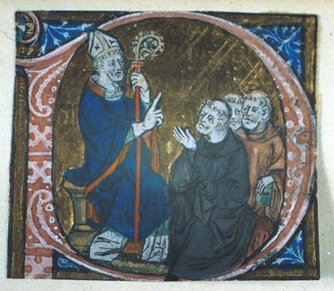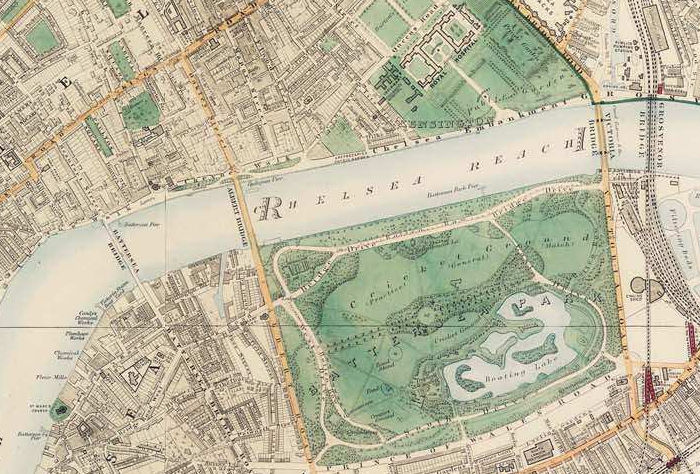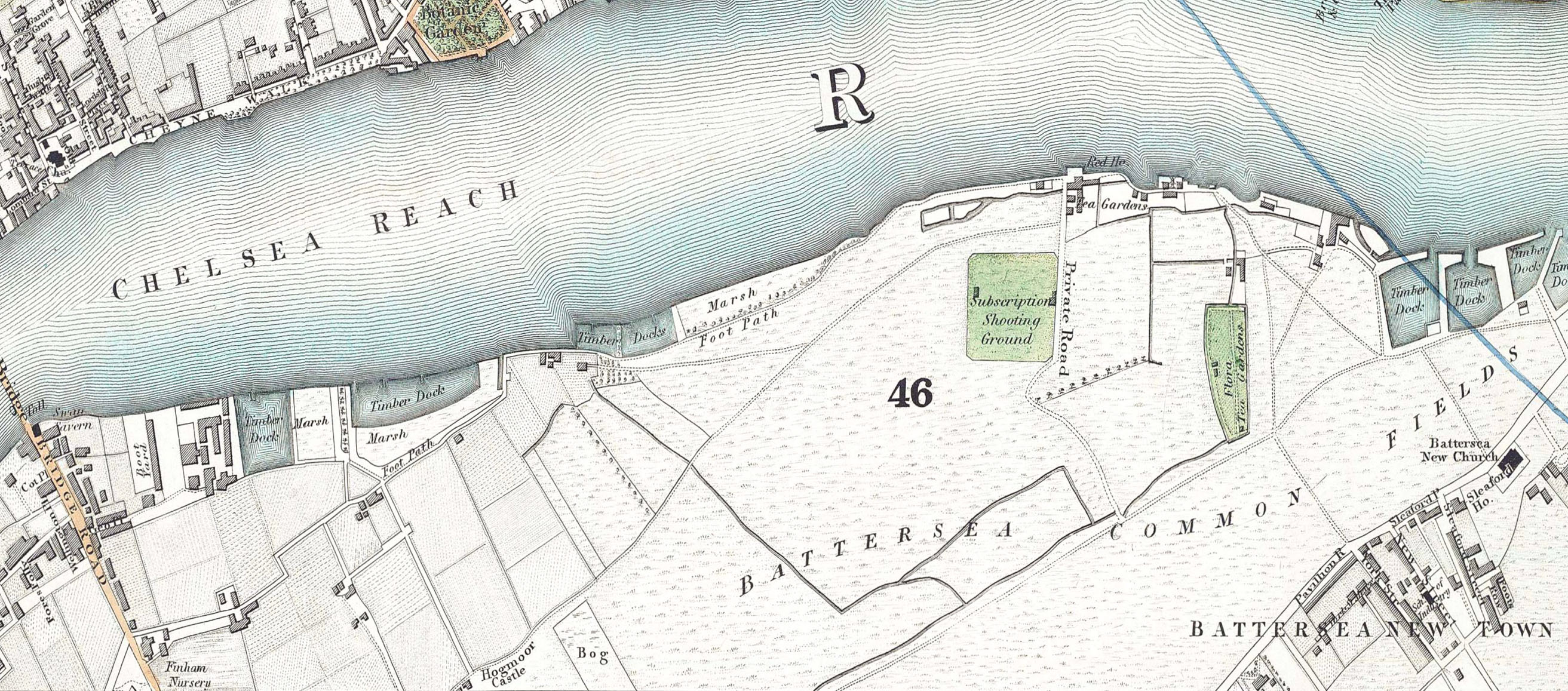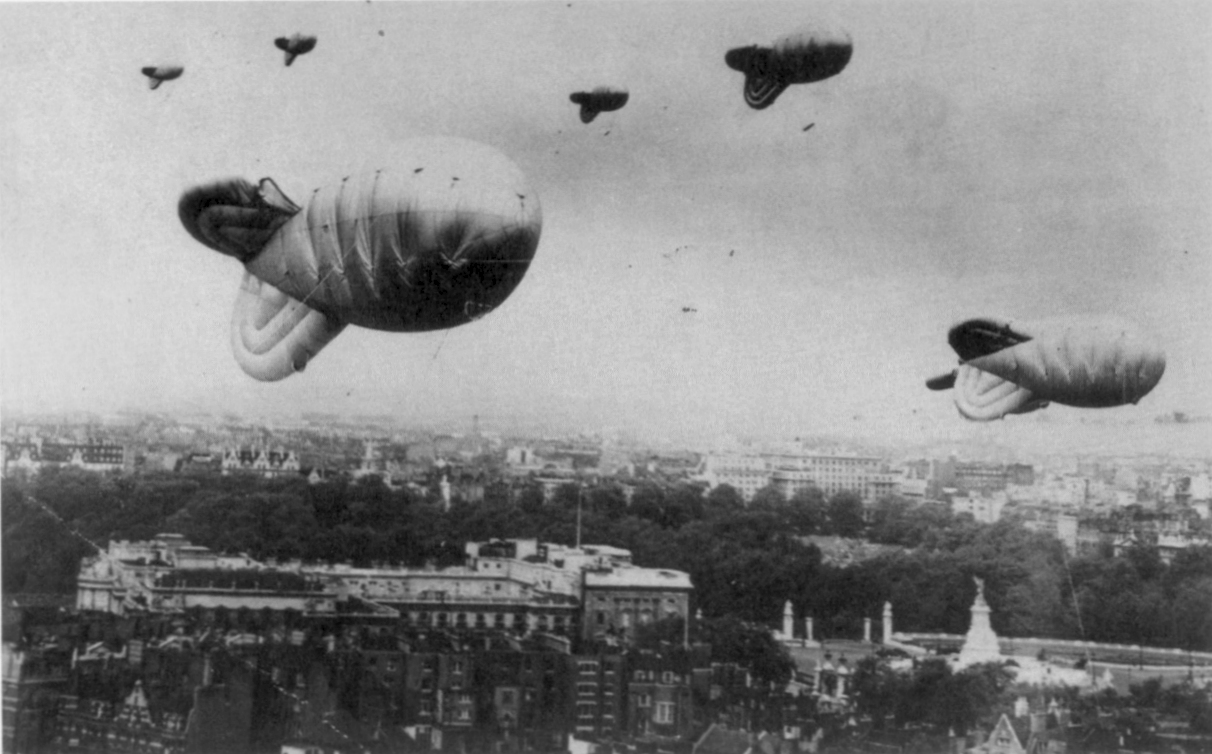|
Æthelburh Of Barking
Saint Æthelburh (died after 686) or Ethelburga, founder and first Abbess of the double monastery of Barking, was the sister of Earconwald (also spelled "Erkenwald"), Bishop of London. Life The main source for Æthelburh is Bede's ''Historia ecclesiastica gentis Anglorum'' which recounts the foundation of Barking, early miracles there, and Æthelburh's death (Book IV, Chapters 6 to 10). Bede describes Æthelburg as "upright in life and constantly planning for the needs of her community". Some time before he became bishop of London in 675, Earconwold founded a double monastery at Barking for his sister, and a monastery at Chertsey for himself. Barking appears to have already been established by the time of the plague in 664. A charter, believed genuine and drafted by Bishop Eorcenwald in the reign of King Sebbi of Essex (reigned –c. 694), records a grant of lands in Essex by a certain Æthelred to Æthelburh and Barking. This is dated to between 686 and 688. The 9th c ... [...More Info...] [...Related Items...] OR: [Wikipedia] [Google] [Baidu] [Amazon] |
Nathaniel Hitch
Nathaniel Hitch (1845–1938) was a British sculptor. As a young man, he became an apprentice sculptor journeyman and after studying at the Borough Polytechnic and experience working alongside architectural sculptors, he developed a career carving altarpieces, church furniture and other decorative features for churches. Early years Nathaniel Hitch was born in Ware, Hertfordshire in 1845, his father being George Hitch, a joiner, carpenter and builder by trade.''Nathaniel Hitch.'' Mapping the Practice and Profession of Sculpture in Britain and Ireland 1851–1951. University of Glasgow History of Art and HATII, online database 2011. Retrieved 13 August 2012. Showing an early talent for working with his hands, Hitch created a small model for the vestry of [...More Info...] [...Related Items...] OR: [Wikipedia] [Google] [Baidu] [Amazon] |
Hildelith
Hildelith of Barking, also known as Hildilid or Hildelitha, was an 8th-century Christian saint, from Anglo-Saxon England but was of foreign origin. Very little is known of her life; however, she is known to history mainly through the hagiography of the Secgan Manuscript, and the ''Life of St Hildelith'' written in 1087 by the Medieval Benedictine hagiographical writer Goscelin. She was abbess of the nunnery at Barking in England. She was also the ''superior'' to Cwenburh of Wimborne prior to that saint's founding of Wimborne Abbey. Abbess of Barking Earconwald is said to have engaged Hildelith to instruct his sister Æthelburh, abbess of the monastery which he had founded at Barking. Hildilid succeeded her pupil as the abbess at some date later than 692, if we accept the charter of Æthelred to Æthelburga given under that date (Kemble, Codex Dipl. i. 39). According to another account it must have been after the death of Earconwald (693), who died on a visit to his s ... [...More Info...] [...Related Items...] OR: [Wikipedia] [Google] [Baidu] [Amazon] |
Church Of England
The Church of England (C of E) is the State religion#State churches, established List of Christian denominations, Christian church in England and the Crown Dependencies. It is the mother church of the Anglicanism, Anglican Christian tradition, tradition, with foundational doctrines being contained in the ''Thirty-nine Articles'' and ''The Books of Homilies''. The Church traces its history to the Christian hierarchy recorded as existing in the Roman Britain, Roman province of Britain by the 3rd century and to the 6th-century Gregorian mission to Kingdom of Kent, Kent led by Augustine of Canterbury. Its members are called ''Anglicans''. In 1534, the Church of England renounced the authority of the Papacy under the direction of Henry VIII, beginning the English Reformation. The guiding theologian that shaped Anglican doctrine was the Reformer Thomas Cranmer, who developed the Church of England's liturgical text, the ''Book of Common Prayer''. Papal authority was Second Statute of ... [...More Info...] [...Related Items...] OR: [Wikipedia] [Google] [Baidu] [Amazon] |
Calendar Of Saints (Church Of England)
The Church of England commemorates many of the same saints as those in the General Roman Calendar, mostly on the same days, but also commemorates various notable (often post-Reformation) Christians who have not been canonised by Rome, with a particular though not exclusive emphasis on those of English origin. There are differences in the calendars of other churches of the Anglican Communion (see Saints in Anglicanism). The only person canonised in a near-conventional sense by the Church of England since the English Reformation is King Charles the Martyr ( King Charles I), although he is not widely recognised by Anglicans as a saint outside the Society of King Charles the Martyr. The Church of England has no mechanism for canonising saints, and unlike the Roman Catholic Church it makes no claims regarding the heavenly status of those whom it commemorates in its calendar. For this reason, the Church of England avoids the use of the prenominal title "Saint" with reference to uncan ... [...More Info...] [...Related Items...] OR: [Wikipedia] [Google] [Baidu] [Amazon] |
Pocklington
Pocklington () is a market town and Civil parishes in England, civil parish at the foot of the Yorkshire Wolds in the East Riding of Yorkshire, England. At the 2021 United Kingdom census, its population was 10,123. It lies east of York, and north-west of Kingston upon Hull, Hull. The town's skyline is marked by the 15th-century tower of All Saints' parish church. The ecclesiastical parish includes the hamlet of Kilnwick Percy. History Pocklington gets its name via the Old English "Poclintun" from the Angles (tribe), Anglian settlement of Pocel's (or Pocela's) people and the Old English word "tun" meaning farm or settlement, but though the town's name can only be traced back to around 650 AD, the inhabitation of Pocklington as a site is thought to extend back a further 1,000 years or more to the Bronze Age. Pocklington appears on the 14th-century Gough Map, the oldest route map in Great Britain. In the Iron Age Pocklington was a major town of the Parisi (tribe), Pari ... [...More Info...] [...Related Items...] OR: [Wikipedia] [Google] [Baidu] [Amazon] |
Great Givendale
Great Givendale is a Hamlet (place), hamlet in the East Riding of Yorkshire, England. It is situated approximately north of Pocklington. Great Givendale forms part of the civil parishes in England, civil parish of Millington, East Riding of Yorkshire, Millington. The church, dedicated to Saint Ethelburgh, was designated a Grade II* listed building in 1967 and is now recorded in the National Heritage List for England, maintained by Historic England. The Minster Way and Chalkland Way long-distance footpaths pass through the main street of the village. There is also a scout camp located near the hamlet, which is a green field campsite. In 1823 Great Givendale was a village and civil parish, in the Hundred (county subdivision)#wapentake, Wapentake of Harthill Wapentake, Harthill and the Liberty (division), Liberty of York Minster, St Peter's, that included the settlement of Little Givendale. The church was under the patronage of the Sir William Cockburn, 11th Baronet, Dean of ... [...More Info...] [...Related Items...] OR: [Wikipedia] [Google] [Baidu] [Amazon] |
Listed Building
In the United Kingdom, a listed building is a structure of particular architectural or historic interest deserving of special protection. Such buildings are placed on one of the four statutory lists maintained by Historic England in England, Historic Environment Scotland in Scotland, in Wales, and the Historic Environment Division of the Department for Communities in Northern Ireland. The classification schemes differ between England and Wales, Scotland, and Northern Ireland (see sections below). The term has also been used in the Republic of Ireland, where buildings are protected under the Planning and Development Act 2000, although the statutory term in Ireland is "Record of Protected Structures, protected structure". A listed building may not be demolished, extended, or altered without permission from the local planning authority, which typically consults the relevant central government agency. In England and Wales, a national amenity society must be notified of any work to ... [...More Info...] [...Related Items...] OR: [Wikipedia] [Google] [Baidu] [Amazon] |
Albert Bridge, London
Albert Bridge is a road bridge over the River Thames connecting Chelsea, London, Chelsea in List of sub-regions used in the London Plan, Central London on the north Bank (geography), bank to Battersea on the south. Designed and built by Rowland Mason Ordish in 1873 as an Ordish–Lefeuvre system modified cable-stayed bridge, it proved to be structurally unsound, so between 1884 and 1887 Sir Joseph Bazalgette incorporated some of the design elements of a suspension bridge. In 1973 the Greater London Council (GLC) added two concrete Pier (architecture), piers, which transformed the central span into a simple beam bridge. As a result, today the bridge is an unusual hybrid of three different design styles. It is an English Heritage Grade II* listed building. Built as a toll bridge, it was commercially unsuccessful. Six years after its opening it was taken into public ownership and the tolls were lifted. The tollbooths remained in place and are the only surviving examples of bridge ... [...More Info...] [...Related Items...] OR: [Wikipedia] [Google] [Baidu] [Amazon] |
Battersea Park
Battersea Park is a 200-acre (83-hectare) green space at Battersea in the London Borough of Wandsworth in London. It is situated on the south bank of the River Thames opposite Chelsea, London, Chelsea and was opened in 1858. The park occupies marshland reclaimed from the Thames and land formerly used for market gardens. The park is Grade II* listed on the Register of Historic Parks and Gardens of special historic interest in England, Register of Historic Parks and Gardens. History Prior to 1846, the area now covered by the park was known as Battersea fields, a popular spot for duelling. On 21 March 1829, the Wellington–Winchilsea duel took place when the Prime Minister of the United Kingdom, Prime Minister Arthur Wellesley, 1st Duke of Wellington, Duke of Wellington and the George Finch-Hatton, 10th Earl of Winchilsea, Earl of Winchilsea met on Battersea fields to settle a matter of honour. When it came time to fire, the duke aimed his duelling pistol wide and Winchilsea f ... [...More Info...] [...Related Items...] OR: [Wikipedia] [Google] [Baidu] [Amazon] |
1993 Bishopsgate Bombing
The Bishopsgate bombing occurred on 24 April 1993, when the Provisional Irish Republican Army (IRA) detonated a powerful truck bomb on Bishopsgate, a major thoroughfare in London's financial district, the City of London. Telephoned warnings were sent about an hour beforehand, but a news photographer was killed in the blast and 44 people were injured, with fatalities minimised due to its occurrence on a Saturday. The blast destroyed the nearby St Ethelburga's church and wrecked Liverpool Street station and the NatWest Tower. As a result of the bombing, which happened just over a year after the bombing of the nearby Baltic Exchange, a " ring of steel" was implemented to protect the City, and many firms introduced disaster recovery plans in case of further attacks or similar disasters. million (equivalent to ÂŁ million in ) was spent on repairing damage. In 1994 detectives believed they knew the identities of the IRA bombers, but lacked sufficient evidence to arrest th ... [...More Info...] [...Related Items...] OR: [Wikipedia] [Google] [Baidu] [Amazon] |
The Blitz
The Blitz (English: "flash") was a Nazi Germany, German bombing campaign against the United Kingdom, for eight months, from 7 September 1940 to 11 May 1941, during the Second World War. Towards the end of the Battle of Britain in 1940, a contest for daylight air superiority over the United Kingdom between the and the Royal Air Force, Germany began conducting mass air attacks against British cities, beginning with London, in an attempt to draw the RAF Fighter Command into a battle of annihilation.Price 1990, p. 12. Adolf Hitler and Hermann Göring, commander-in-chief of the Luftwaffe, ordered the new policy on 6 September 1940. From 7 September 1940, London was systematically bombed by the Luftwaffe for 56 of the following 57 days and nights. Notable attacks included a large daylight attack against London on Battle of Britain Day, 15 September, a large raid on 29 December 1940 against London -- resulting in a firestorm known as the Second Great Fire of London,Hooton 1997, p. ... [...More Info...] [...Related Items...] OR: [Wikipedia] [Google] [Baidu] [Amazon] |
Great Fire Of London
The Great Fire of London was a major conflagration that swept through central London from Sunday 2 September to Wednesday 5 September 1666, gutting the medieval City of London inside the old London Wall, Roman city wall, while also extending past the wall to the west. The death toll is generally thought to have been relatively small, although some historians have challenged this belief. The fire started in a bakery in Pudding Lane shortly after midnight on Sunday 2 September, and spread rapidly. The use of the major firefighting technique of the time, the creation of firebreaks by means of removing structures in the fire's path, was critically delayed due to the indecisiveness of the Lord Mayor of London, Lord Mayor, Sir Thomas Bloodworth. By the time large-scale demolitions were ordered on Sunday night, the wind had already fanned the bakery fire into a firestorm which defeated such measures. The fire pushed north on Monday into the heart of the City. Order in the streets ... [...More Info...] [...Related Items...] OR: [Wikipedia] [Google] [Baidu] [Amazon] |








